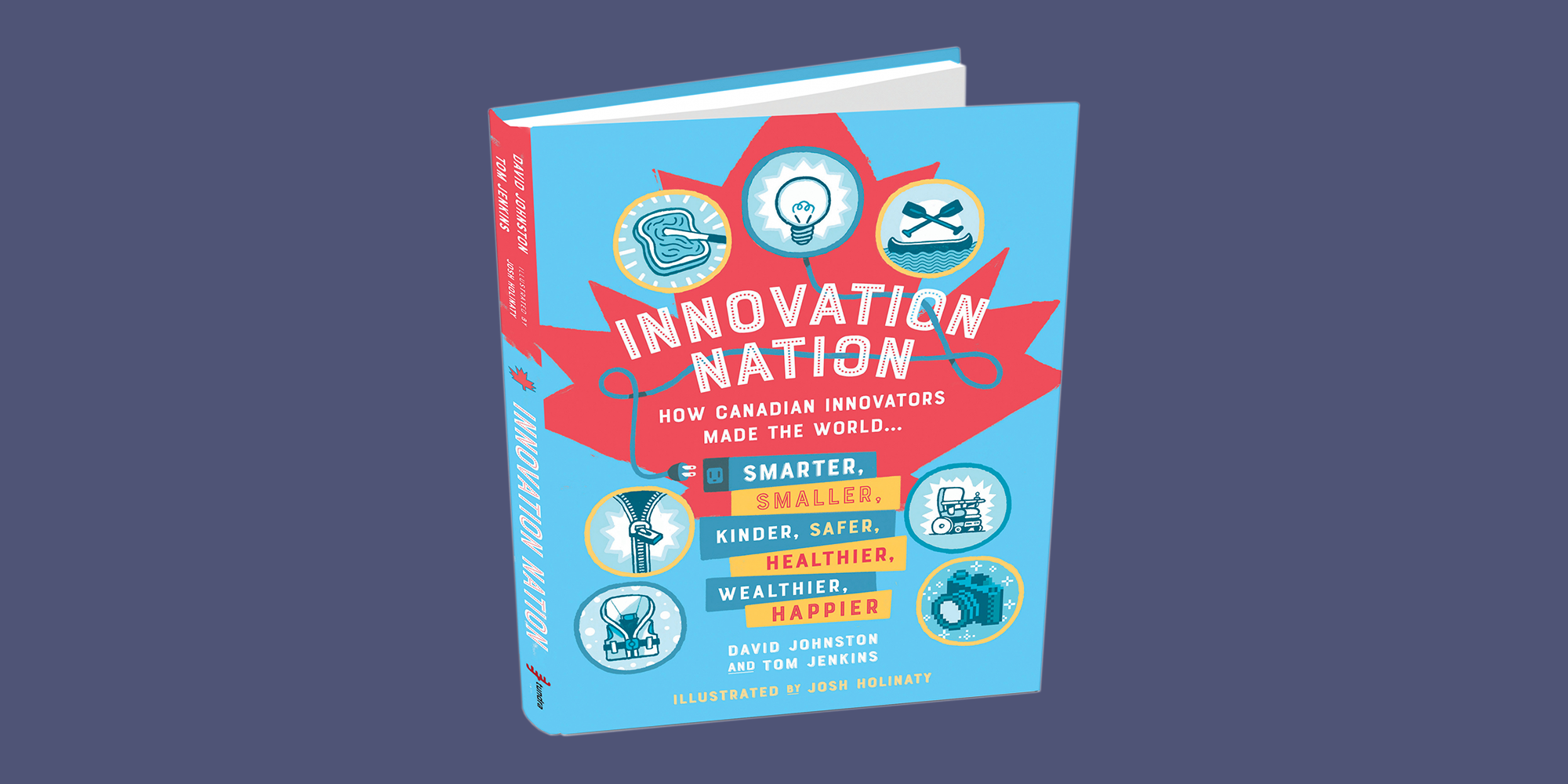The upcoming of the world-wide-web has been the subject of much speculation and discussion in the past handful of a long time. From the rise of digital worlds and immersive activities to the explosive progress of social media, the web has turn into a ubiquitous medium for interaction and commerce. With the rise of blockchain, the world wide web is about to go by a key transformation.
This isn’t the 1st transformation of the world-wide-web. Considering that its community emergence virtually 30 a long time in the past, the world-wide-web has gone through two key evolutions and is about to go by way of a 3rd. These transformations not only have transformed how we use the web and what we use it for, but they have impacted the world at substantial, changing how we are living and get the job done and interact with other folks.
Net 1.: The static net
The to start with iteration of the public web was the age of the web site. Every enterprise necessary a site, and that website principally contained static facts and details that the proprietor of the web-site believed was critical. The corporate web page experienced details about the company—mostly marketing and advertising collateral. News and reference internet websites also had a stockpile of data. But all of these sites pushed data to the consumer—a one particular-way communications path. This was equivalent to how standard media of the day (newspaper, magazines, radio, tv) communicated info to the community.
Whether or not the company was an current information company such as NBC or CNN, or was a company manufacturer such as McDonald’s, each and every firm soon had a website that conveyed facts to the community. Figure 1 illustrates this web. A web site was an entity that a business created and owned. It experienced mainly static details, and the details was managed and managed by the organization. The facts flowed in a person direction, outward to the customers of the internet site.
 IDG
IDGDetermine 1. Internet 1.0—the static net.
In this model, information personalization was very restricted, provided the just one-way nature of the information. Users could pick out and filter the details they required to take in, but they ordinarily experienced quite minor skill to affect what the facts communicated contained. People had pretty much no capability to affect other customers. Details-sharing between buyers was generally minimal to your nearby good friends or bulletin board groups. These represented quite targeted and minimal audiences.
Internet 2.: The internet software
The 2nd iteration of the general public net, the web you’re applying suitable now, is the age of the web software. Here, companies emphasis on furnishing a discussion board for person consumers to share data with 1 yet another. Website 2. ushered in the craze of generating own blogs, and afterwards expanded into today’s social media landscape.
Businesses these types of as Twitter and Fb led the way to the democratization of knowledge. They established purposes that make it possible for any individual to submit nearly nearly anything on any topic, and share it with a likely big audience. In our recent iteration of the web, illustrated in Determine 2, web programs and social networks, owned by businesses these kinds of as Facebook, supply a forum for users to enter knowledge into the application and share it privately with “friends” or publicly with any one who might be interested. Today’s world-wide-web purposes enable persons to connect across the entire world with men and women they never ever fulfilled.
 IDG
IDGDetermine 2. Net 2.0—web purposes and person-contributed data.
When the smartphone became ubiquitous, the use of the world-wide-web grew significantly. Now everybody could continue to be linked to the world-wide-web all the time. They could discuss to everyone they preferred, any time they preferred, wherever they had been. The internet exploded.
Whilst end users observed they could converse with people all-around the planet, the organizations who owned these apps uncovered they could collect large quantities of information and facts about buyers and their likes and dislikes. This details turned a useful resource of details and a main resource of profits for the net giants. Firms like Facebook grew to be multibillion-dollar megacorporations, and the founders of these firms turned some of the wealthiest individuals in the world.
Then these providers uncovered anything else they could do—curation. Rather than randomly presenting details from a person user to other users, they could use information they collected about people’s likes and dislikes to cater info sharing to people’s pursuits. The “social algorithm” was born, and web software firms wielded huge energy in influencing what information the folks of the globe gained.
This handle in excess of information has designed these providers enormously powerful—many think too strong.
World wide web 3.: Authoritative data
Now we are on the precipice of the 3rd iteration of the public web.
In this 3rd generation, details is no lengthier stored and preserved by the net purposes. Rather, data and information is stored in the fabric of the world wide web by itself. In Internet 3., facts turns into available for any software that desires obtain and is licensed to use it. The info is no longer owned by an application, or controlled by a internet platform company these types of as Facebook. In actuality, internet apps engage in a a great deal less substantial position in the administration of the information and facts. No single software can play the purpose of information and facts curator, so there is no uber-potent social media firm to affect what information people today are permitted to see.
Figure 3 shows this internet. End consumers specifically deal with and management their information and facts, and that information is made use of and managed outside of the manage of a one organization. The website programs are customers of the info, but none of them own or take care of the facts. So the internet applications are now of secondary great importance to the info itself. Knowledge and facts instead is saved in a distributed blockchain that is not managed by any one solitary organization. All of the info in the blockchain is distributed throughout all internet corporations equally, not able to be controlled by any central organization (organization or federal government).
 IDG
IDGDetermine 3. Web 3.0—distributed, authoritative information.
The aim is to permit shared, uncensored, uncurated, authoritative details that is impartial of internet purposes and the undue affect they put on the information and facts. The data is owned and managed by the authentic proprietor of the data—the user—rather than by the website applications and their creators.
The final result will be a much more authoritative and dependable web, due to the fact details will be sourced, referenceable, and uncensored.
World-wide-web 3. need to generate a extra distributed electric power structure on the world-wide-web than was ever doable with the website system corporations of Web 2..
The value of blockchain
This revolution top to the 3rd technology of the web is enabled by a one piece of technology—blockchain. A blockchain is central to this dispersed, knowledge-first, authoritative world wide web. What is it about blockchain technological innovation that tends to make it central to this revolution? Blockchain has a number of features that will empower this transformation:
- A blockchain is distributed possession. There is no solitary source of ownership for the details in a blockchain. Any individual can add to a blockchain, and any individual can read from it. Everyone can take part in the distribution of a blockchain.
- Facts saved in a blockchain is immutable, irrevocable, and cryptographically signed, so provably genuine and authoritative (or provably inauthentic and unauthoratative). Everybody understands who the proprietor and originator of all details is, and all facts can be verified as to its resource and authenticity. This increases rely on in the trustworthiness of the info.
- No one company can curate, reasonable, prioritize, or filter the details in a blockchain. As there is no single operator of the details, no 1 can manipulate how the information is consumed by users. This suggests there are no facts electric power brokers, these types of as social media providers, that command and manage the facts that is shared.
In limited, blockchain encourages believe in in information and its supply by generating all transactions clear and details verifiable.
Blockchain is related to the IP transportation infrastructure of the internet—there is no one owner of the communications backbone of the internet. There are corporations, these as AT&T, Verizon, Deutsche Telekom, and NTT Communications, that add to the spine. But there is no single owner that can isolate, filter, or block net website traffic fully. Even highly effective international locations that want to block elements of the world wide web from their citizens, these types of as China and Russia, find the position to be a continual struggle. All it takes is a new, unfiltered supplier to create a new communications route and all the filtering is worthless.
Blockchain will complete for internet details what the online backbone has attained for disseminating info. It will produce a trusted, unfilterable, uncensorable repository of facts and facts that is accessible around the world. It is this characteristic that will generate the generation of the third technology of the internet.
And this is why the blockchain is the potential of the online.
What blockchain usually means for enterprises
The most obvious piece of assistance is to find out and fully grasp as significantly as you can about blockchain. Remember to really don’t confuse blockchain with Bitcoin and cryptocurrency. Bitcoin uses a blockchain, but blockchain is not Bitcoin. The worth of blockchain goes significantly further than the initial implementation used by cryptocurrencies.
Subsequent, comprehend that blockchain is not just a technological know-how, but a essentially new way to think about info that will develop a new iteration of the net. It is as essential to data as the web spine is to info transmission.
As you get started contemplating about your long run application architectures, preserve blockchain in thoughts. Blockchain will be as vital to the next era of web programs as the community cloud, microservice architectures, and devops are to the recent generation. Make positive you contemplate the affect of blockchain in all of your application architecture programs for present-day and upcoming apps.
Copyright © 2022 IDG Communications, Inc.







